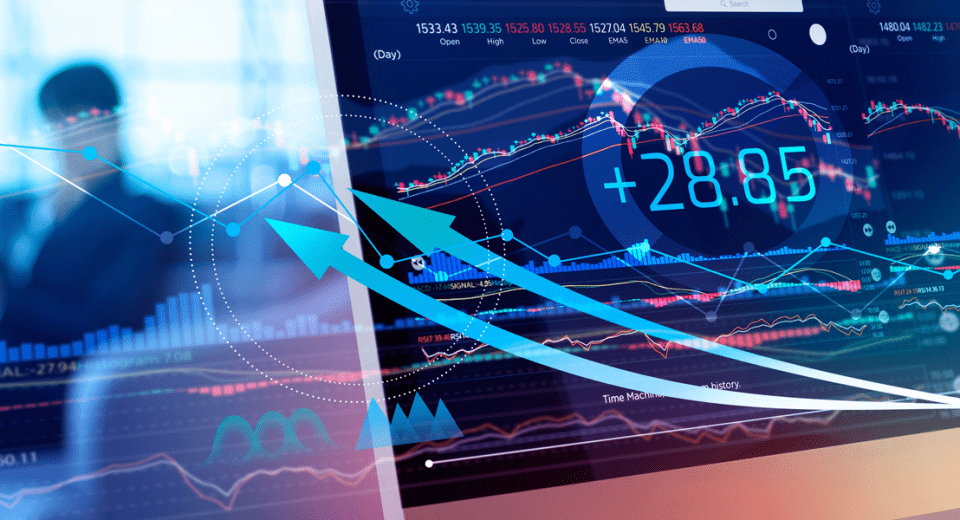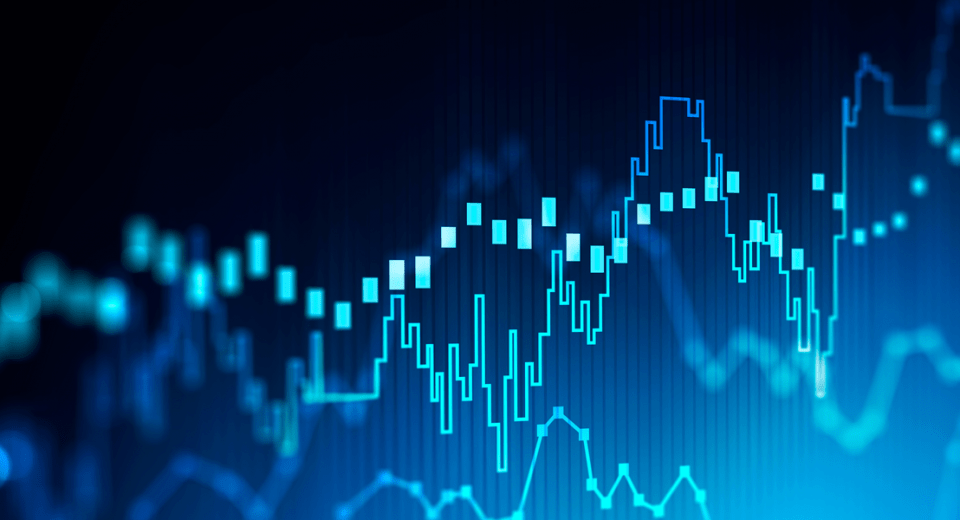The forex market is one of the largest and most liquid financial markets in the world, where banks, financial institutions and individual traders make transactions worth millions of dollars each day. Leveraged trading helps traders increase their exposure to the market, which means potential for higher gains, but also higher losses. Although a large number of traders participate in the trading activities, not all of them are able to achieve long-term success.
Many attribute the lack of success to an absence of sound education, which includes the knowledge of proper risk management practices. It is indeed one of the most debated points in trading. Traders, on the one hand, want to limit losses in relation to their gains; while, on the other hand, they know that higher returns come with increased risks. Maintaining the right balance is an art, which only comes with experience. And, for this, we first need to understand the kinds of risks one can expect in forex trading.
Types of Forex Risks
The highly interconnected global forex market is impacted by every small piece of news released in some corner of the world. Here’s a look at some of the main risks that traders are exposed to:
- Political Risk: Political developments can alter the investment landscape of any country. Elections particularly are events that bring about volatility in the forex market. New government means a new approach towards monetary and fiscal policies.
- Interest Rate Risk: Central Banks are responsible for setting the interest rates for their respective countries, to keep inflation in check and stabilise the economy. Interest rate fluctuations cause changes in currency values. High yielding interest rate pairs have greater demand in trading.
- Volatility Risk: The degree of price fluctuation has an impact on overall profits. Although a certain amount of volatility is essential to make small gains, high impact news events can bring unexpected risks to the portfolio. This can affect a trader’s position.
- Margin Risk: Margin trading allows traders to enhance their position size with borrowed capital from brokers. The problem is that if things go against you, it can magnify losses as well.
- Operational Risk: This is related to failure of trading systems, broker’s internal processes and other people involved. If the broker defaults or goes bankrupt, trader’s profits could be affected.
Managing Risks
1. Trade Only What You Can Afford to Lose
Many traders follow the one-percent rule, which means that only 1% of the total trading capital is put into a single trade. This is one of the best ways to keep losses in check, and avoid large drawdowns in the trading account. The strategy is useful for people with lower amounts of capital in their trading account, as well as for beginners. As you gain experience and confidence, you can invest more in your trades, using your enhanced knowledge to make informed trading decisions.
It is necessary to have a proper trading plan; preferably written down, to avoid costly mistakes. This involves not placing all your money in a single currency pair. By diversifying your portfolio, you can spread out the risk evenly across all your assets. Hence, choosing the right assets is important too. For example, oil prices are inversely related to the strength of the US Dollar. Traders need to identify such correlations and build a suitable trading plan accordingly.
Starting with lower capital also prevents the build-up of pressure and emotional stress while trading. Emotions can affect decision making and increase the chances of making mistakes.
2. Stop-Loss and Take Profit Points
Modern trading platforms, such as MT4, have in-built risk management tools, like stop-loss and take-profit, which allow traders to limit losses, before any significant damage is caused to the trading account. It is important to use such tools for every single trade. Setting stop-loss levels will allow you to exit positions when the market goes against your desired price level.
Take-profit levels are prices at which you can sell and make a profit before the price declines. Both tools are effective in removing human bias and emotions from trading. They are in place to negate “the markets will come back” mentality.
3. Being Aware of Geo-Political Developments
As mentioned earlier, exchange rates fluctuate in response to geo-political developments and economic indicators. The days leading up to interest rate decisions, election results or release of important economic data usually coincide with high market volatility. If you are trading with floating spreads, as opposed to fixed spreads, interest rate fluctuations can widen your spread. It may be a good idea to not open trades when such events are likely to take place; particularly if it will directly impact your chosen currency pair.
Using an economic calendar is a good way to stay abreast of such events and minimise risks. It is also worthwhile to mention here the importance of choosing a liquid currency pair. A country that is facing economic adversities will likely not have a liquid currency. Research is important here.
4. Using Responsible Leverage
Margin trading can be both lucrative and risky. This is why most regulated brokers will always disclose the associated risks of trading an instrument, while also offering educational materials to enable informed trading decisions. Reputed financial supervisory bodies like the FCA, ESMA, US SEC, etc., have imposed limits on the amount of leverage that can be offered to retail traders, to protect investor interests and maintain stability in the markets. Be aware of such laws, and be wary of brokers who offer wide leverage ratios of 1000:1.
5. Maintaining a Consistent Risk per Trade
Try not to increase position sizes drastically when you start making profits. A few winning trades don’t mean that losses cannot follow. It is important to not get over-confident and have a consistent risk management plan. Keep learning about robust trading strategies and practice them on a demo account before applying them in the live markets.
To become a successful forex trader, it is vital to identify various risks and understand the ways in which they can affect your trading positions. By carefully monitoring your positions and including risk management measures in your trading strategy, you can increase your rate of success as a forex trader.
Reference Links





